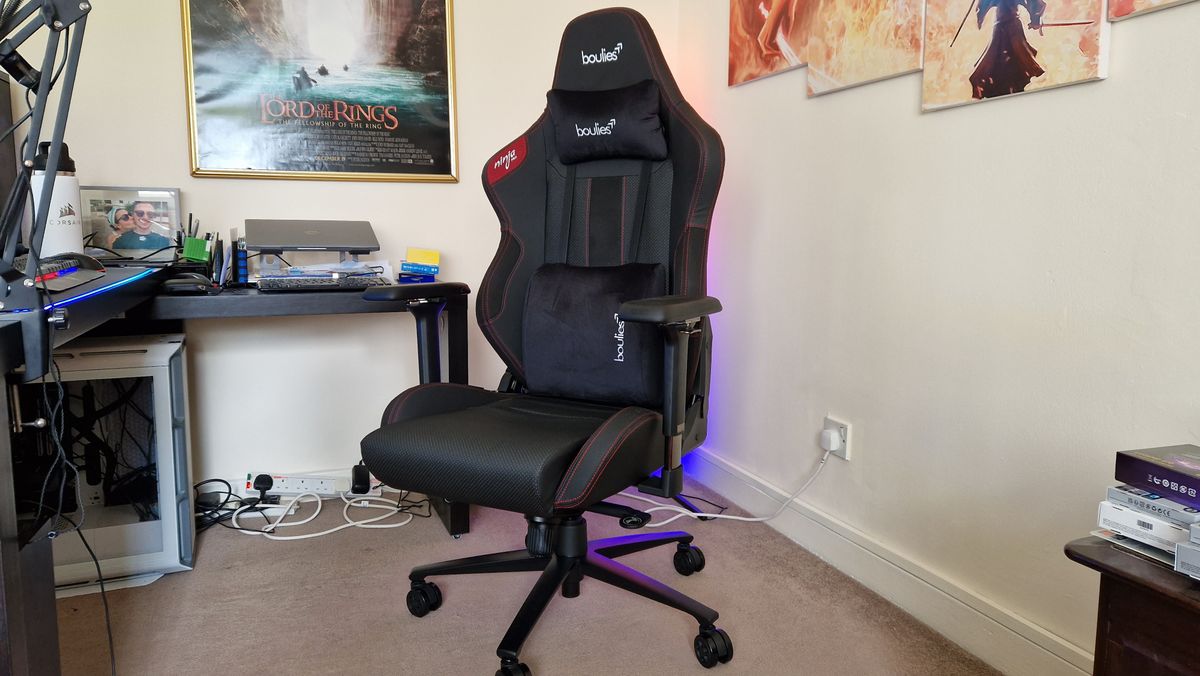Fort Solis review – thrilling sci-fi spooks end with a confusing finale
Fort Solis review - thrilling sci-fi spooks end with a confusing finale
Fort Solis: A Sci-Fi Adventure Filled with Man-Made Horrors
Step into the world of Fort Solis, where the worst horrors are not supernatural, but man-made. Picture this: it’s the year 2080, and you play as Jack Leary, an employee of the mining corporation Terra. Just as you’re pulled away from your engineering work, a manual alarm goes off at a neighboring base. Adding to the excitement, massive Martian storms are about to hit, leaving you stranded without outside help for quite some time. Talk about bad timing! This sets the stage for a classic sci-fi tale, blending a hostile environment with a dose of mystery. As you explore the eerie facility, tension builds and the stakes rise. However, as the story progresses, things take a slight detour, both in terms of story beats and how they are delivered.
Fort Solis: A Netflix Show in Game Form
- Developer: Fallen Leaf, Black Drakkar Games
- Publisher: Dear Villagers
- Platform: PC (Steam) and PS5
Fort Solis has the makings of a hit Netflix show, the kind that appears on your recommendations when you’re searching for The Last of Us or gets a high match because you binged on Black Mirror. This game is aiming to be prestige television. Divided into four chapters, Fort Solis can be played in one sitting, just like binge-watching a TV miniseries. Clocking in at around four to five hours, it’s perfect for those with responsibilities who need a game they can finish over a couple of evenings. The art direction adds to the show-like experience, with slow camera movements and well-choreographed action sequences that give the game a gritty and grounded atmosphere. As you control Jack, every movement reminds you that he’s mortal and completely on his own. One tense sequence has you climbing a cliff face, relying on quick reflexes to swing on a wire until you reach safety. When things go wrong, it’s a real heart-pounder, reminding you that danger lurks both inside and outside the fort.
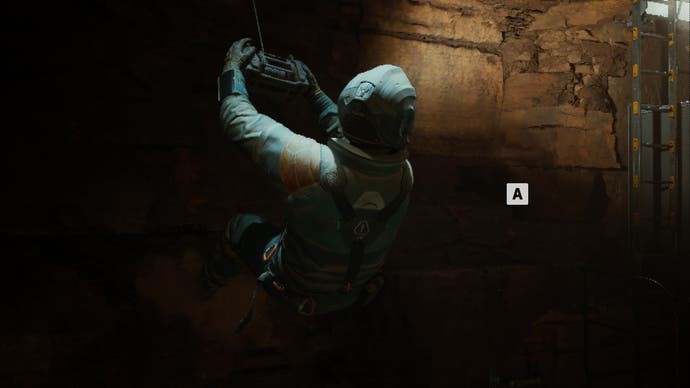

Fort Solis also shines with its star-studded cast, including voice actors Troy Baker, Roger Clark, and Julia Brown, who bring the game’s main characters to life. The dialogue between these characters is crucial in selling the story, especially in the early stages. Jack and Jessica’s playful banter over comms gives insight into their characters and the unique challenges they face on Mars. And when things take a dark turn within the fort, they provide each other with a lifeline amidst the unsettling events.
Thanks to its simple mechanics, much of Fort Solis’s weight falls on the voice acting, which delivers entertaining and informative commentary as you navigate the base. The gameplay primarily involves exploring the facility, uncovering audio logs, video logs, and emails to piece together the puzzle of what happened. However, not all interactions are plot-related, and Jack often spends time goofing around despite the danger at hand. From stopping for a beer to using the gym’s stair climber machine or casually chatting on a bed, Jack’s actions can sometimes feel tonally jarring. But hey, who said surviving a horror-filled base couldn’t have a touch of humor, right?
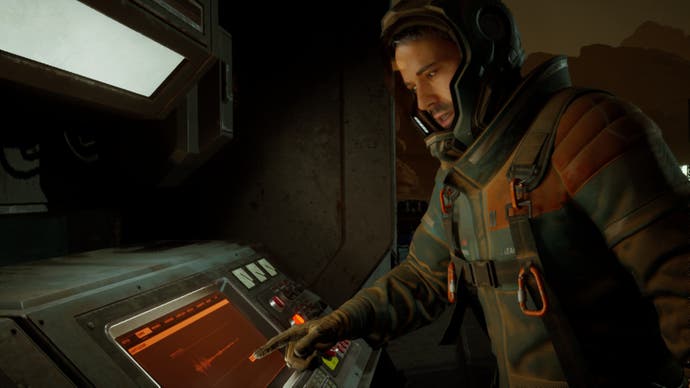
Prepare for a deliberate progression through the fort, as access to different sections requires higher-level key cards. With parts of the base situated above and below ground, your map becomes an essential tool for navigation and puzzle-solving. However, be warned: tiny, pixelated text on the map can hinder your progress. Seems like even in 2080, no one has come up with a solution for reading small text without squinting.
- Madden NFL 24 Review – One Yard Forward, Two Yards Back
- Texas Chainsaw Massacre Review
- Top NVIDIA Graphics Cards in 2023
Intermixed with investigation sequences are intense action moments presented as on-the-rails cutscenes with standard quick-time event mechanics. While not groundbreaking, these sequences excel at conveying a sense of physicality. Crawling through a cramped vent as oxygen supplies run out or witnessing a psychological showdown between characters are standout moments that keep players on the edge of their seat.
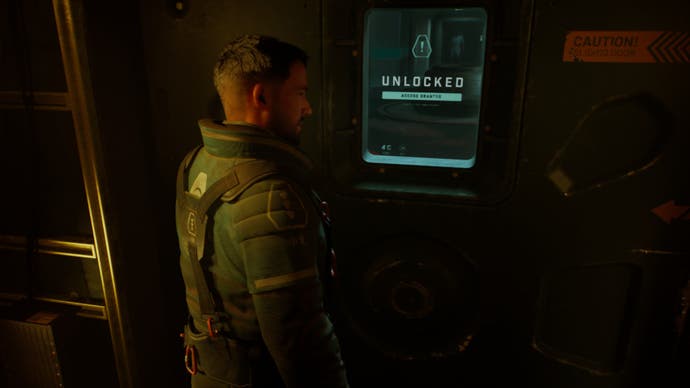
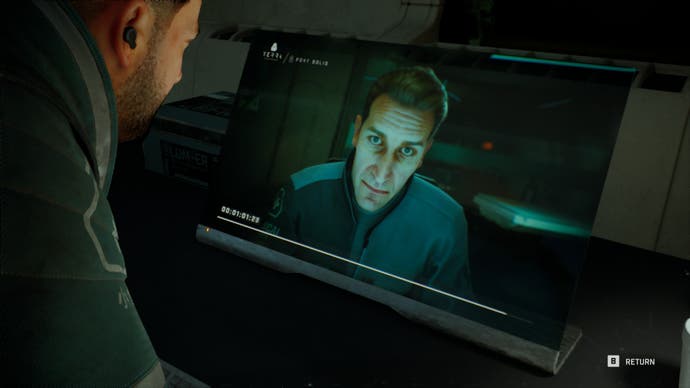
However, as Fort Solis reaches its midpoint, the decrease in radio chatter reveals the game’s weaknesses. The initially immersive slow walking speed, which added realism, becomes monotonous when you have to revisit previously explored areas. This frustration compounds when you get lost, as the game isn’t always helpful in directing you towards your objectives. The location marker and dialogue cues can send you on wild goose chases. Let’s face it – if someone tells you to find answers in the greenhouse, you’ll head straight there! Without the engaging radio conversations, interacting with items loses some of its charm, and the gameplay alone struggles to maintain interest. Suddenly, Fort Solis starts to feel a bit dull.
Given Fort Solis’s minimalist approach to game design, it heavily relies on its story, but unfortunately, it falls short in this department as well. Even after completing the game and exploring every nook and cranny, I’m still a bit puzzled about what actually transpired within the base. The logic behind certain characters’ decisions eludes me. In fact, I ended up playing through the game a second time hoping to uncover additional details, but I was left even more bewildered. Fort Solis throws around plenty of ideas, but fails to properly tie them together. Critical information in the latter stages relies heavily on scientific jargon-filled documents, which would have benefitted from clearer explanations. As the story approaches its end, everything starts to feel rushed. While the overall storyline is relatively straightforward, there are no shocking twists or surprising revelations that truly captivate. When I reached the conclusion, I was more disappointed than devastated.

Unlocking the Hidden Endings
Fort Solis offers two possible endings, though I stumbled upon the more negative conclusion without fully understanding my path to it. Was it due to my struggles with a couple of quick-time events (QTEs) in the final moments, or had I missed crucial evidence earlier on? This outcome felt odd, considering the leniency of previous QTE failures and the linear nature of decision-making throughout the game. As it turns out, the answer lies in those QTEs: a couple of mistimed button presses can lead to the “bad” ending. Fortunately, you can reload from a save point just before these moments if you want to try again. But even with that option, the initial letdown lingered. After investing several hours investigating the base, it felt disheartening to have my fate determined by a few timing errors. It felt more like an illusion of choice at the end, rather than a meaningful outcome shaped by earlier actions.
While Fort Solis starts off strong, filled with suspense and tension, it struggles to maintain its momentum in the latter stages. The impressive voice acting can only carry it so far, as the minimalist gameplay, hard-to-read map, and sluggish walking speed eventually become sources of frustration. Although Fort Solis may appear like a prestige drama, without a solid narrative foundation, it only scratches the surface. The way the story unfolds in the later chapters can feel nebulous and imprecise, leaving a sense of simplicity and confusion simultaneously. With loose ends that don’t quite add up and a rushed conclusion, you may find yourself finishing Fort Solis with more questions than answers.



